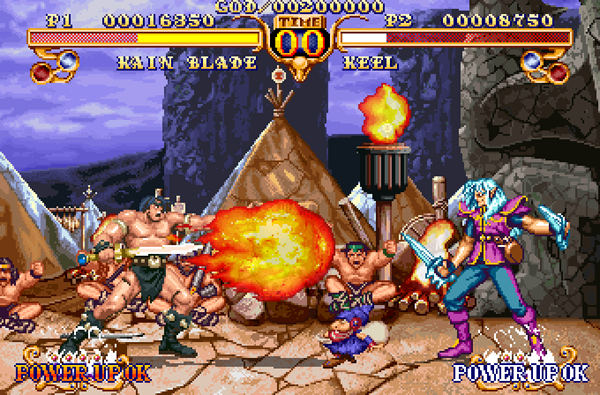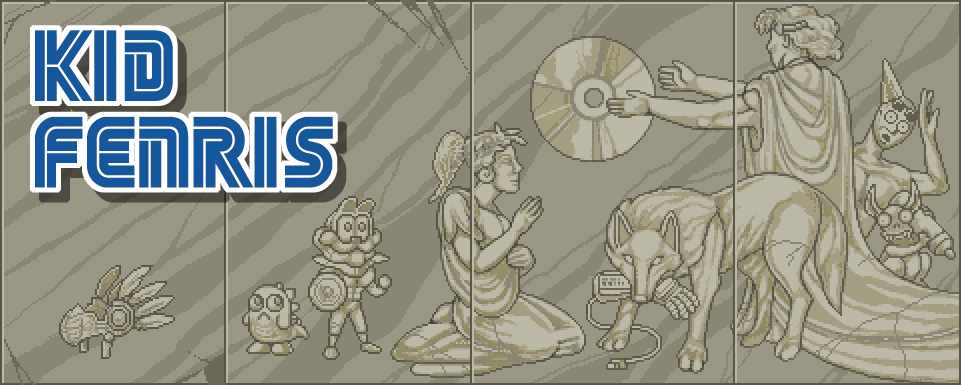[Might Have Been tracks the failures of promising games, characters, and companies. This installment looks at Golden Axe: The Duel, released for the arcade and Sega Saturn in 1995.]
Golden Axe: The Duel brings back fond memories. They’re not actually memories of the game; I’m sure I played it on the Sega Saturn in its day, but never with immense devotion or in notable circumstances. No, it just reminds me of a time when just about everything was a fighting game. Claymation dinosaurs? That was a fighting game called Primal Rage…and another called Dino Rex. DC Comics’ superheroes? That was a fighting game called Justice League Task Force. Spheres stuck together in humanoid shapes? That was a fighting game called Ballz, though it was rarely called that without a snicker or a roll of the eyes.
It made a great deal of business sense for Sega to make a Golden Axe fighting game. The barbarian-fantasy brawling of Golden Axe ruled mightily over arcades in the late 1980s, but those days were long gone by 1994. Belt-scrolling brouhahas like Golden Axe were rarities compared to Street Fighter II and many other one-on-one fighters. So if an executive stomped into Sega’s arcade division and told them that Golden Axe was going to be a fighting game, nobody could’ve argued for long.

Not that Golden Axe: The Duel is poorly made. The pulp-fantasy trappings of earlier Golden Axes fit into a fighter pretty well, and Sega dressed it all up with detailed characters, rousing music, and some backgrounds that remain impressive today. Mechanically speaking, however, the designers jumped eagerly on what came before. The special moves and six punch-and-kick buttons are Street Fighter boilerplate, with some Samurai Shodown complexity in the most elaborate attacks. To this they added one fine Golden Axe tradition: kicking blue munchkins until they drop potions. The little scamps, now resembling Dark Crystal muppets, scurry in and out of the fight, and belting them releases vials to fuel your super-move meter.
Sega didn’t try any harder in filling out the character lineup. The descendants of the original game’s Barbarian Guy, Amazon Woman, and Dwarf are on hand alongside a robed wizard, a hulking forest giant, a dagger-wielding elf in Clockwork Orange makeup, and a girl in beastly furs (who’s basically Cham Cham from Samurai Shodown). Like the play mechanics, the warriors are casually engaging but unmemorable. They’re not offensively generic or annoying. They’re just there, like co-workers you rarely even see in the hall.
